How does a can filling machine work?
Cans are an essential component of the packaging industry. They are widely used to store and transport various products such as food, beverages, and chemicals. One critical step in the production of canned products is the filling process. Can filling machines play a crucial role in ensuring that cans are filled with the right amount of product. In this article, we will explore how can filling machines work.
Can filling machines come in different sizes and shapes, depending on the product being filled and the level of automation required. However, they all operate on the same principle - filling the cans with the product accurately and quickly.
The first step in the filling process is to prepare the cans. The cans are transported to the filling machine, where they are cleaned, and any debris or dust is removed. The cans are then sterilized to ensure that they are free from any harmful bacteria that can spoil the product.
Once the cans are prepared, they are moved to the filling station. The filling station consists of a nozzle that dispenses the product into the cans. The nozzle is connected to a reservoir that holds the product. The product is pumped from the reservoir to the nozzle, and the amount of product is controlled by a valve.
What does X-ray inspection check in a semiconductor fab?
Which Raddrizzafilo machine offers the best value for money?
Boost Efficiency & Precision: Automatic Pouch Filling & Sealing Machine – Answering All Your Product Packaging Needs
Streamline Production with Auto Suction Plate Loader: Boost Efficiency & Eliminate Manual Loading Hassles!
How to Match a Hydraulic Pump to a Motor?
Streamline SMT Inspection Process: Dual-Lane Upscale Conveyor for High-End Quality
EPE Foam Bonding Machine: Enhancing Foam Processing Efficiency
As the cans move along the filling station, they are positioned under the nozzle. The nozzle is then lowered into the can, and the valve is opened to allow the product to flow into the can. The valve is closed when the can is full, and the nozzle is lifted out of the can. The filled can is then moved along the conveyor belt to the next station.
The next station is the seaming station. The seaming station seals the cans to prevent any contamination and to maintain the product's freshness. The seaming station consists of two parts, the seamer head and the seamer chuck. The seamer head contains the rollers that seal the can, while the seamer chuck holds the can in place.
Once the cans are sealed, they move to the labeling station. The labeling station applies labels to the cans, indicating the product's name, ingredients, and other relevant information. The labeled cans are then moved to the packaging station, where they are packed in cartons or other packaging material for shipping.
In summary, can filling machines are a critical component of the packaging industry. They ensure that cans are filled accurately and quickly, and the products are protected from contamination. Can filling machines use a combination of pumps, valves, nozzles, and seaming stations to fill and seal the cans. They play a crucial role in ensuring that consumers receive high-quality products that are fresh and safe to consume.
Is it worth buying a new gas boiler?
What are the three types of ram BOP?
Unlocking the Power of Full Cover Fiber Laser Cutting
What are the advantages of using a 10 Head Multihead Weigher in the purchasing stage?
The Ultimate Guide to Polyurethane Coated Steel Screens
What is the temperature of a vibrating screen bearing?
Unmasking the Power of 03C 109 601 J: A Definitive Guide
152
0
0
Related Articles
-
Which Olvasztótégely Eladó offers the best price and guarantees?
Which Olvasztótégely Eladó offers the best price and guarantees?
139
0
0
-
Which animal feed conditioner offers the best value for its price?
Which Animal Feed Conditioner Offers the Best Value for Its Price?
121
0
0
-
108
0
0
-
96
0
0
-
103
0
0
-
115
0
0
-
106
0
0
-
111
0
0



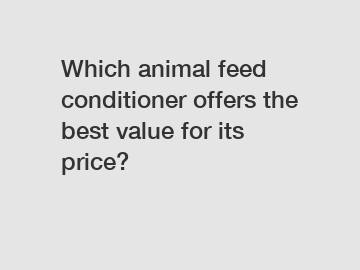
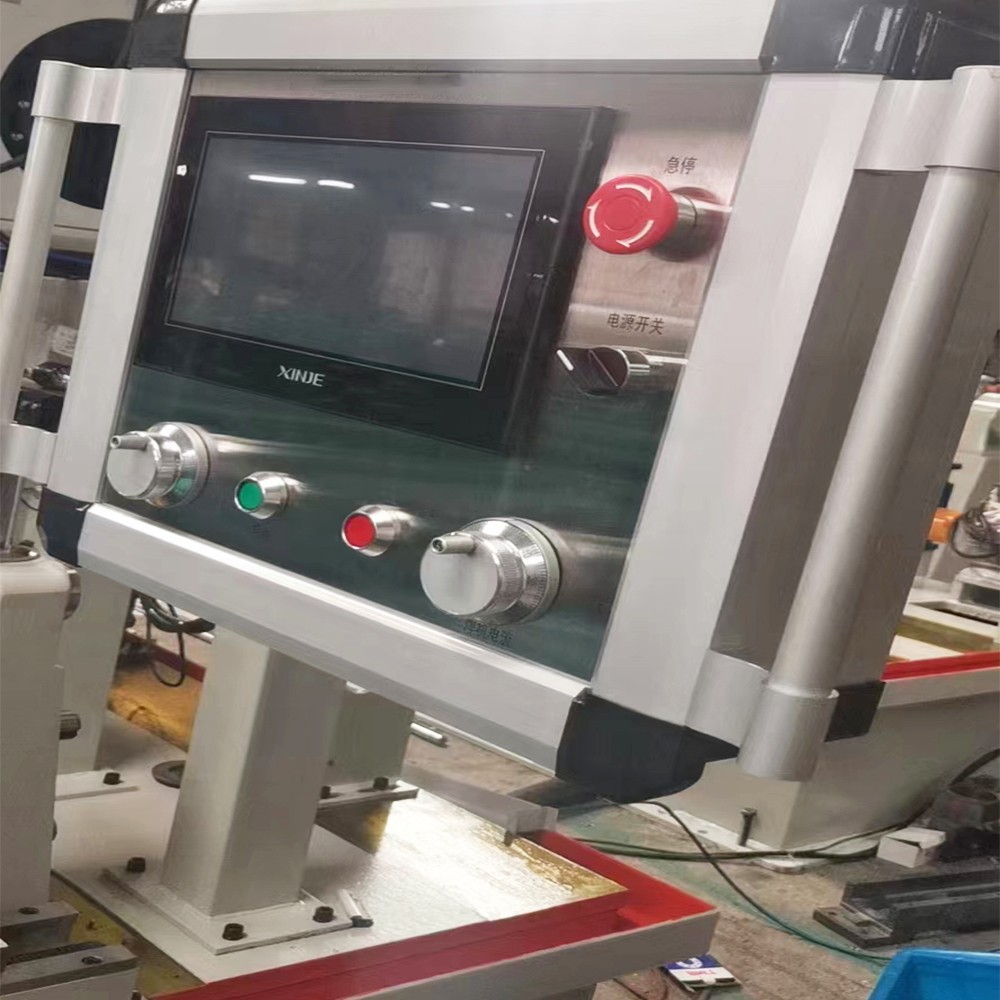
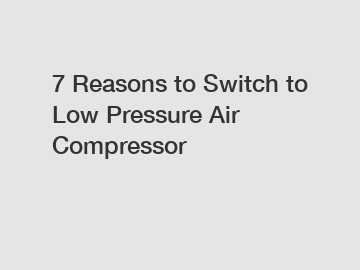
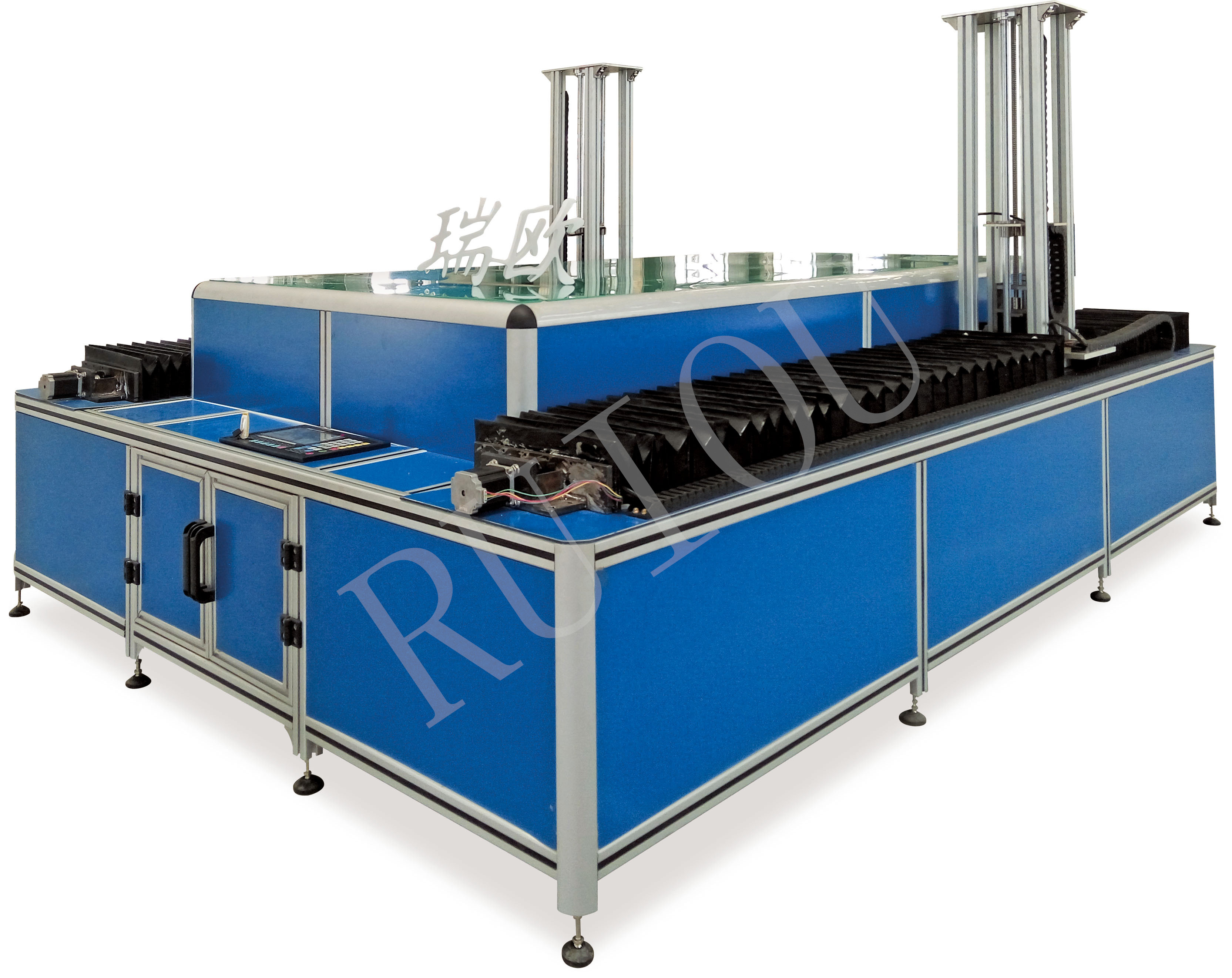
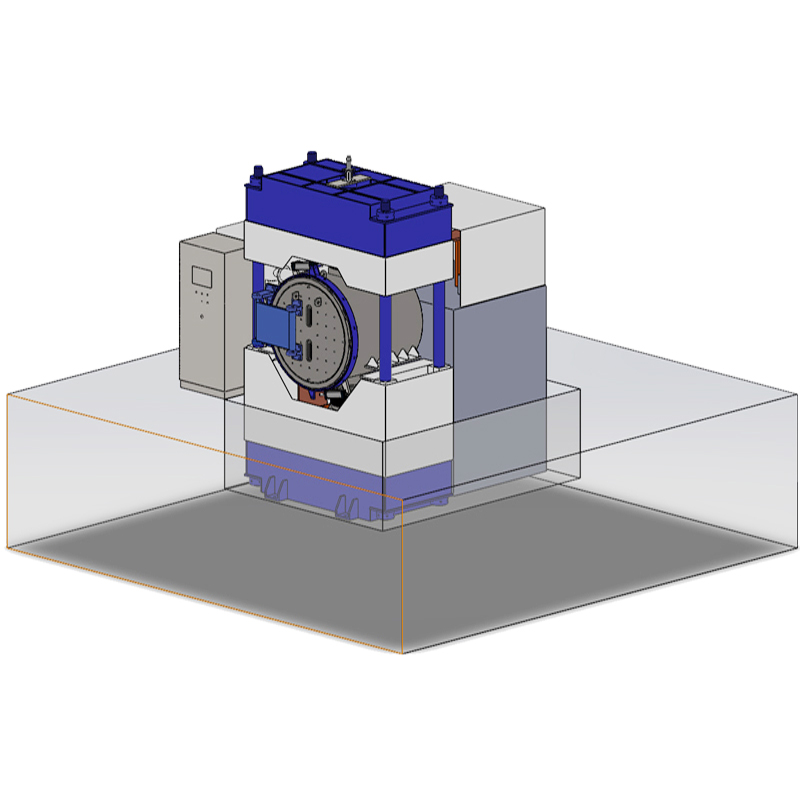
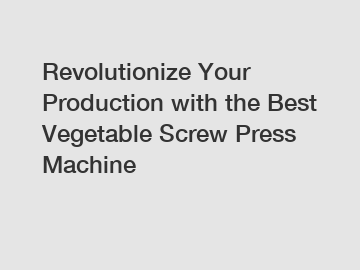
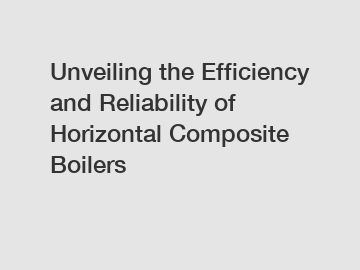
Comments
All Comments (0)